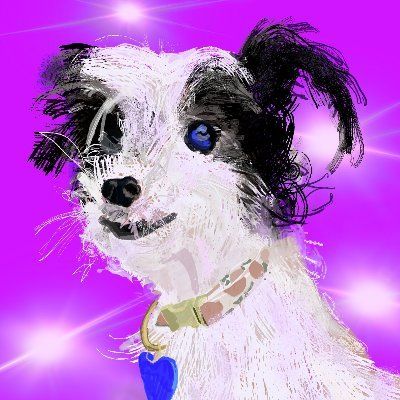260 reads
3 Ways to Increase NFT Adoption Among Artists
by
April 18th, 2022
Audio Presented by
About Author
Creative director behind The Other Avatars, Saatchi Arts NFT project.
Comments
TOPICS
THIS ARTICLE WAS FEATURED IN
Related Stories
10 Essential Essays on Bitcoin
Aug 07, 2020
